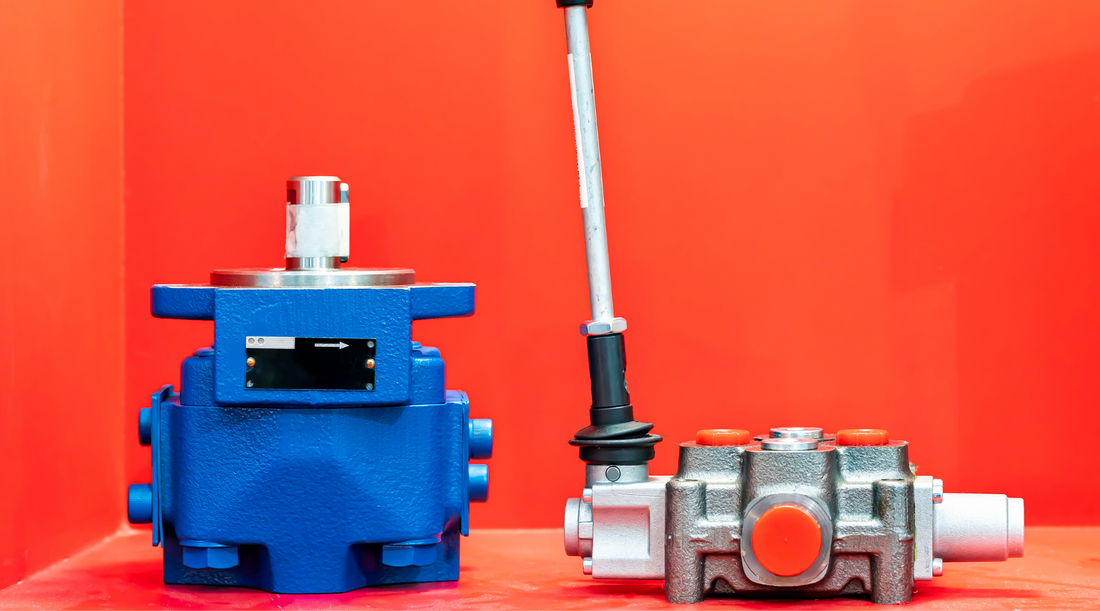
Maximize Energy Savings and Convenience With Advanced Structure Automation Controls
In the world of modern-day architecture and center monitoring, the assimilation of innovative structure automation controls stands as a pivotal development. The convergence of innovation and sustainability has actually birthed a brand-new period where power efficiency, convenience optimization, and functional streamlining are no longer distant desires but attainable facts. By using the power of automation, structures can adapt, react, and progress in manner ins which were as soon as unthinkable. The potential for substantial energy cost savings and boosted comfort is not simply a pledge but an opportunity waiting to be fulfilled. This standard change in building monitoring holds the crucial to unlocking a globe where environmental conscientiousness and owner wellness sympathetically exist side-by-side within the walls of our frameworks.
Power Efficiency Conveniences
Energy performance advantages can significantly decrease power usage and operational prices in buildings. By implementing energy-efficient practices and innovations, structure owners and operators can accomplish significant cost savings while additionally adding to ecological sustainability. Among the primary advantages of improving energy effectiveness in structures is the reduction of energy bills. Energy-efficient systems, such as sophisticated building automation controls, can enhance making use of resources like lights, cooling, and heating, resulting in reduced energy expenses in time.
Moreover, boosted power performance can extend the life expectancy of structure devices and systems. By operating more successfully, cooling and heating systems, lighting components, and various other structure components experience much less deterioration, leading to reduced upkeep and replacement expenses. In addition, energy-efficient buildings typically regulate higher home worths and rental rates, supplying long-term monetary advantages to owners.
In addition, energy performance can enhance owner comfort and performance. Appropriately regulated interior environments with optimum illumination and thermal problems develop a more enjoyable and favorable workspace, causing boosted employee contentment and efficiency. Overall, the energy efficiency benefits connected with innovative building automation controls are diverse, including expense savings, ecological stewardship, and passenger wellness.
Improved Comfort Control
Enhancing comfort control in structure atmospheres calls for a sophisticated integration of advanced automation systems for optimum passenger wellness. By utilizing sophisticated structure automation controls, centers can customize the indoor atmosphere to fulfill the certain needs and preferences of occupants. control valves.
By incorporating these innovative controls, structures can not just boost comfort yet additionally boost energy performance by enhancing system procedures based on real tenancy and usage patterns. Eventually, prioritizing passenger convenience via advanced automation systems leads to a more enjoyable and healthier indoor environment.
Operational Effectiveness Improvements

In addition, the application of real-time surveillance and analytics devices enables building operators to determine energy inefficiencies and operational abnormalities without delay. By continuously keeping track of power use patterns and system performance metrics, modifications can be made in real-time to enhance energy intake and make sure peak operational performance. control valves. Additionally, integrating need feedback strategies into building automation controls can better enhance operational effectiveness by dynamically changing energy use based on grid problems and pricing signals
Indoor Environment Optimization
Efficient indoor climate optimization is an essential facet of building automation controls, making certain passengers' comfort and wellness while maximizing power savings. By using innovative sensors and controls, developing automation systems can continually adjust and keep track of temperature level, humidity degrees, air quality, and ventilation to develop an optimum indoor atmosphere. Maintaining consistent and comfy problems not just improves occupant contentment however likewise enhances productivity and total wellness.
Indoor climate optimization also plays a crucial role in power performance. By fine-tuning air conditioning, air flow, and home heating systems based on real-time information and tenancy patterns, building automation controls can dramatically reduce energy usage - control valves. Executing methods such as demand-controlled ventilation and thermal zoning can help lessen energy waste while ensuring that each location of the structure gets the necessary conditioning.

Sustainable Setting Development
Building automation manages not just enhance indoor climate problems for energy performance and owner comfort but additionally lay the structure for developing a sustainable setting via strategic administration of systems and resources. By incorporating advanced building automation modern technologies, such as sensors, actuators, and smart software, centers can adjust click to read and keep track of energy usage in real-time to decrease waste and decrease their carbon impact. These systems allow anticipating upkeep, recognizing possible concerns prior to they intensify and optimizing devices efficiency to boost long life and performance.
Moreover, sustainable atmosphere creation expands past power administration to encompass water conservation, waste decrease, and interior air high quality enhancement. Building automation controls can regulate water use, find leakages, and ensure proper waste disposal methods, adding to general sustainability efforts. Additionally, by regulating and checking ventilation and filtration systems, these innovations boost resident wellness and productivity while lowering energy usage connected with a/c operations.
Conclusion
To conclude, progressed building automation regulates offer significant advantages in terms of energy financial savings, comfort control, operational effectiveness, indoor environment optimization, and developing a lasting atmosphere. By executing these controls, structures can attain optimum efficiency while decreasing energy intake and enhancing occupant convenience. It is obvious that the use of innovative automation technology is essential in boosting building performance and developing an extra lasting future.
Energy performance advantages can substantially decrease power usage and functional expenses in buildings. On the whole, the energy effectiveness advantages associated with advanced structure automation controls are complex, encompassing cost financial savings, environmental stewardship, and resident health.
Additionally, incorporating demand reaction techniques right into structure automation controls can better enhance operational performance by dynamically changing energy usage based on grid conditions and prices signals.
Building automation regulates not only enhance indoor climate problems for energy effectiveness and occupant comfort however also lay the structure for creating a lasting environment via critical management of systems and resources.In conclusion, advanced building automation regulates deal considerable advantages in terms of power cost savings, comfort control, news functional effectiveness, indoor environment optimization, and producing a sustainable environment.